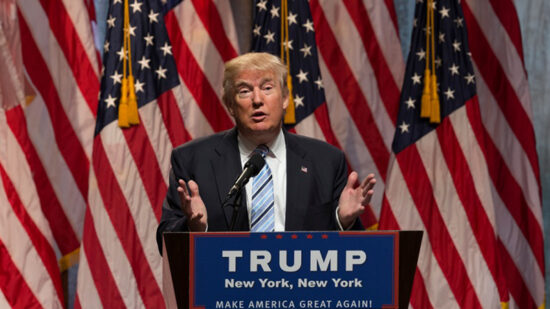One man with great insight in this field is Jeremy Anagnos, who has more than 20 years’ experience investing in US and global infrastructure companies. He currently manages the CBRE Clarion Securities global listed infrastructure fund, which is available as a Sicav.
Anagnos is keen to point out there is a big difference between investing in an infrastructure fund like his, which focuses on listed equities, and the type of high-profile projects many politicians point to.
“I invest in the listed infrastructure companies that own infrastructure assets. We buy the actual shares of publicly listed traded companies, and the underlying assets those companies own are the tangible, physical infrastructure assets,” he says.
Anagnos lists assets in the transportation sector, such as toll roads and airports; in the energy infrastructure sector, such as pipelines and storage facilities; in utilities in the water, electric and gas space; and in communication assets, towers and satellites.
These are very different to the big infrastructure projects that come under political scrutiny, such as new airport runways, dams and power stations, which attract investment from large private equity funds, sovereign funds and public pension funds.
Anagnos says the infrastructure companies in which he invests still work well for savers looking for solid retirement income returns as they typically have returns over a long-term horizon, say 20 years, of 8-9%. Meanwhile, he notes the returns are generally less volatile than other asset classes.
Pipeline potential
At a time when there is less income coming from more traditional, fixed-income asset classes due to low interest rates, infrastructure and the quality of its cashflows have become much sought after.
For Anagnos, the fresh interest in developing new infrastructure projects is welcome because it ensures a supply pipeline of investible companies that operate them. However, he believes there is no real value for his fund in getting involved in this part of the market.
“There is a strong need for investment of this type, and it’s a great investment theme. It represents secular growth for the market that I see underpinning infrastructure investing for the long term.
“But we don’t count on it to support our investment thesis in the near to medium term. Politicians can talk about these things but when do they implement them?
“We will probably be many years down the road.”
That said, Anagnos believes there is a huge number of infrastructure projects in the pipeline.
“There has been a tremendous amount of underinvestment in infrastructure. According to a McKinsey study, $57trn is needed in the OECD markets by 2030 to bring infrastructure standards up to B-grade levels.”








